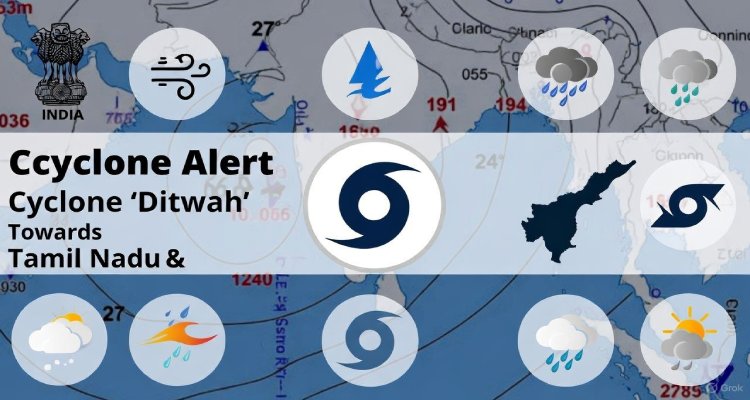Islands That Appear and Disappear in a Single Day
Mysterious islands that rise from the sea and vanish within hours puzzle scientists and sailors. Here’s why they happen and what they reveal about our planet.
Introduction: Nature’s One-Day Wonders
On a quiet morning, a fisherman sails over familiar waters. By midday, an island — complete with fresh sand, rocks, and sometimes even vegetation — has emerged from the ocean. By sunset, it’s gone without a trace, swallowed back into the waves. These fleeting landmasses, known as ephemeral islands, challenge our understanding of geography and raise urgent questions about Earth’s changing systems.
Context & Background: The Science of Vanishing Land
While most of us think of islands as permanent fixtures, the reality is far more dynamic. In several parts of the world, islands can form and vanish in less than 24 hours. This phenomenon is usually linked to:
- Volcanic activity – Underwater eruptions push up rock and ash, creating temporary land.
- Sandbar exposure – Tidal shifts and strong currents pile sediment into visible mounds.
- Glacial calving – Melting icebergs deposit debris that briefly breaks the water’s surface.
- Seismic shifts – Earthquakes can push seabeds upward, only for erosion to reclaim them.
Historical records show similar events in regions like Tonga, Iceland, the Bay of Bengal, and even the coast of Japan. Sailors have documented them for centuries — often treating them as both navigational hazards and natural marvels.
Main Developments: Where and How They Happen Today
In the past decade, sightings of one-day islands have increased, particularly in areas with active volcanic ridges or shifting deltas.
- In Tonga (2015), a volcanic eruption formed a new island that lasted only weeks.
- Off the Alaskan coast (2019), a sand island appeared during an unusually low tide and vanished within hours.
- In India’s Sundarbans, seasonal sediment deposits create small islands that reappear annually — only to dissolve in high tide.
These sudden formations aren’t just geological curiosities. They can alter maritime maps, confuse GPS navigation, and impact fishing routes. In rare cases, they spark territorial disputes when countries rush to claim new land before it disappears.
Expert Insight: What Scientists Say
“Ephemeral islands are nature’s reminder that coastlines are never static,” explains Dr. Hana McKenzie, a marine geologist at the University of Auckland.
According to McKenzie, these islands often form where “seafloor sediments are loose, currents are strong, and tectonic or volcanic activity is high.” She adds that climate change is likely amplifying their frequency by altering sea levels and storm patterns.
Local communities also share a mix of fascination and caution. In Iceland, fishermen view such events as lucky omens, while in the Pacific, they’re often seen as warnings of underwater activity.
Impact & Implications: More Than Just a Curiosity
The sudden appearance and disappearance of islands have wide-reaching implications:
- Maritime Safety – Ships must navigate around uncharted landmasses.
- Climate Indicators – Increased occurrences may signal environmental instability.
- Territorial Claims – Short-lived islands can become flashpoints for geopolitical disputes.
- Ecosystem Disruption – Temporary land can attract seabirds or marine species, only for their habitat to vanish within hours.
Geopolitical analysts warn that as nations compete for maritime resources, even temporary landmasses could become diplomatically sensitive.
Conclusion: The Earth’s Fleeting Sculptures
Ephemeral islands are both beautiful and unsettling — a reminder of nature’s power to reshape our maps in an instant. As scientists continue to study them, these one-day wonders may hold valuable clues about ocean currents, tectonic forces, and the accelerating pace of climate change.
In a world where humans strive for permanence, these disappearing islands whisper an ancient truth: the Earth belongs to change.
Disclaimer: This article is for informational purposes only and does not serve as legal, navigational, or scientific advice. Always consult official geological and maritime sources before making travel or navigation decisions.











